Works of wood turning [Page88] |
Lathe & Tool | |
Oct. 15/2023 Hand made cute kuksa I've made several kuksa for camping, but this time I made a kuksa for mountain climbing that has a simple design and no handles. |
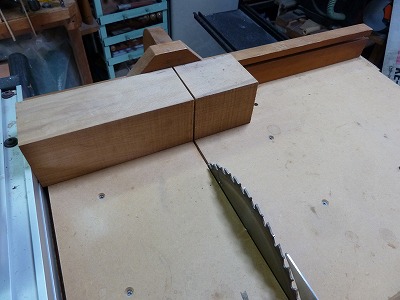 |
 |
|
1.The material is 75mm square beech wood. Cut to 95mm length using a table saw. |
2.Mark the inner diameter of 60 mm, the outer diameter of 70 mm, and the small string passage on the cross section of the square timber with a pencil. |
|
 |
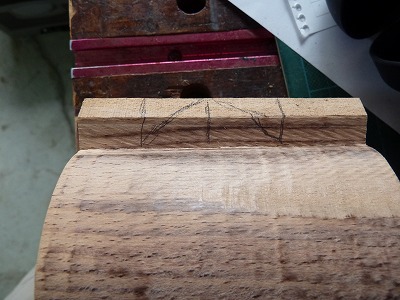 |
|
3.Cut with a band saw. A 3mm blade was used. |
4.Mark the part where the string will go through. |
|
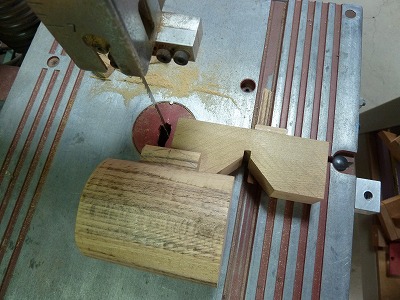 |
 |
|
5.Place a batten on the protruding part and cut off the unnecessary part with a band saw |
6.Turn the area other than the string threading part to 70mm using a wood lathe. |
|
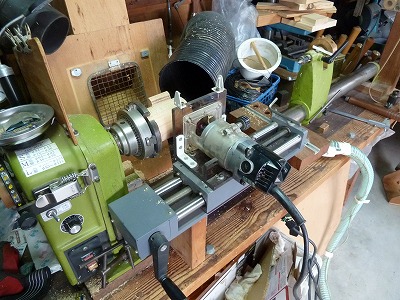 |
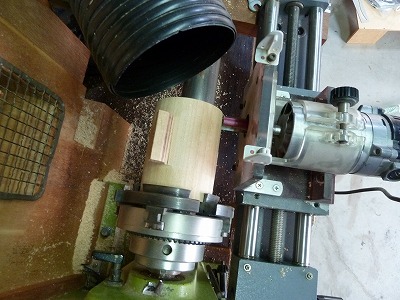 |
|
7.In order to make the outer shape exactly 70mm, I used a trimmer attachment to finish the surface. |
8.The bit is 12mm straight. |
|
 |
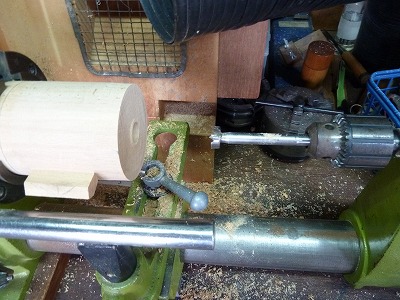 |
|
9.This index plate is used to scrape in 15-degree increments, but please see the last video for details. |
10.Drill the hole with a 15mm Forstner bit. The depth is 70mm. |
|
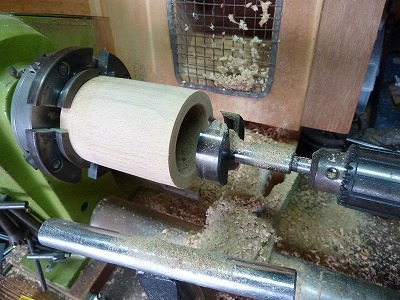 |
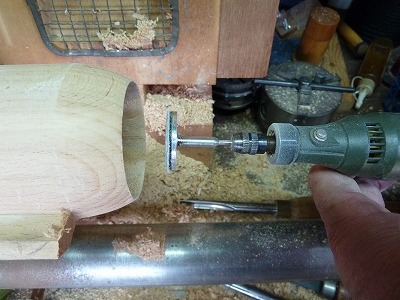 |
|
11.Finally, a 50mm Forstner bit. |
12.The inner diameter is turned and the mouth area is finished with a gentle curve and sanded. The bottom part is finished with a homemade sanding pad. |
|
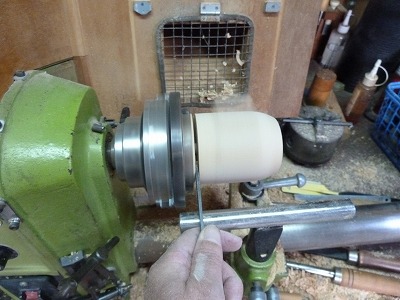 |
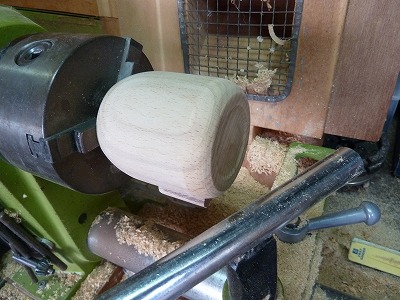 |
|
13.Cut using a parting tool. |
14.Chuck it from the inside with a three-jaw chuck and finish the bottom part with a turning finish. |
|
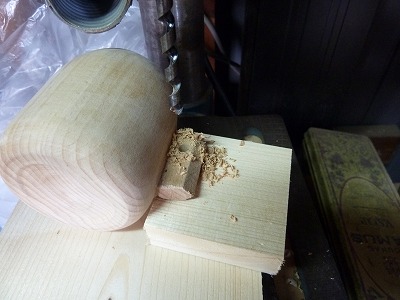 |
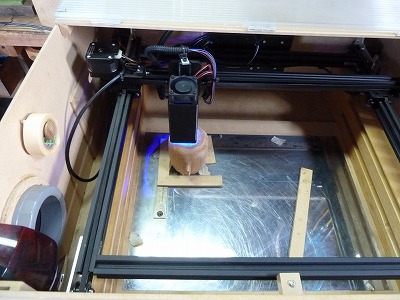 |
|
15.The hole through which the string passes is 6mm. After that, I used a knife to thread the string and shape the outside. |
16.The brand mark is engraved with a laser on the bottom. |
|
 |
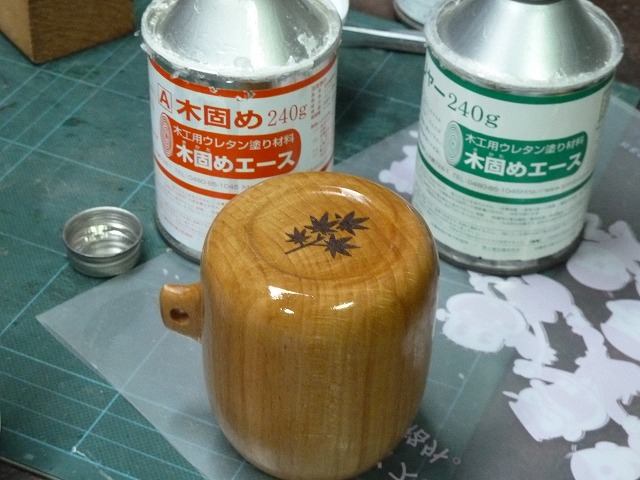 |
|
17.It's for the mountains, so I engraved it with autumn leaves. |
18.For finishing, I used Kigatame Ace. The outside can be left unpainted, but it is better to paint the mouth area. So I painted the whole thing. |
|
 |
 |
|
19.The string is a 5mm diameter accessory cord that I bought at Montbell. I press the end face against a soldering iron, and when it melts, I quickly press both ends together to weld. |
20.I tied it up with a thin string to hide the welded part. |
|
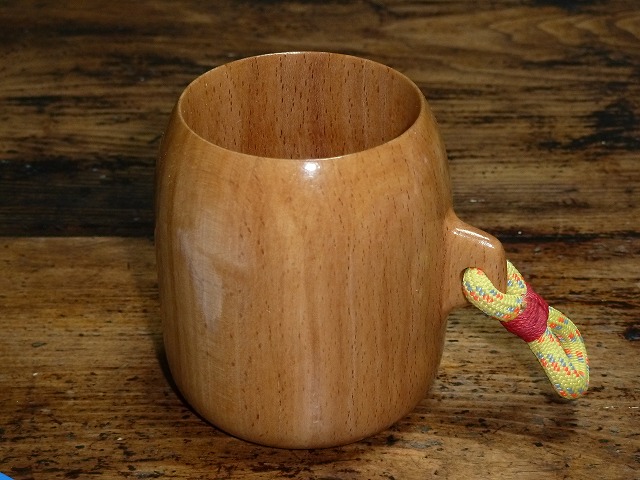 |
||
I think this kuksa looks good. |
||
 |
||
Your fingers fit exactly where the string goes, so you can hold the kuksa comfortably. |
||
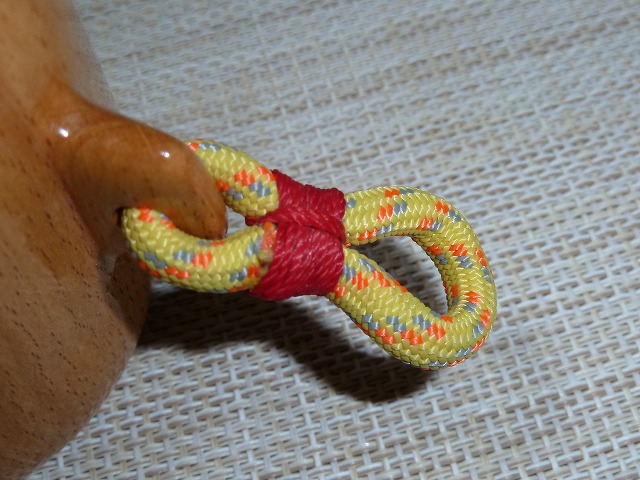 |
||
It might have been better to finish the string loop part in a chevron shape. That's the next homework. |
||